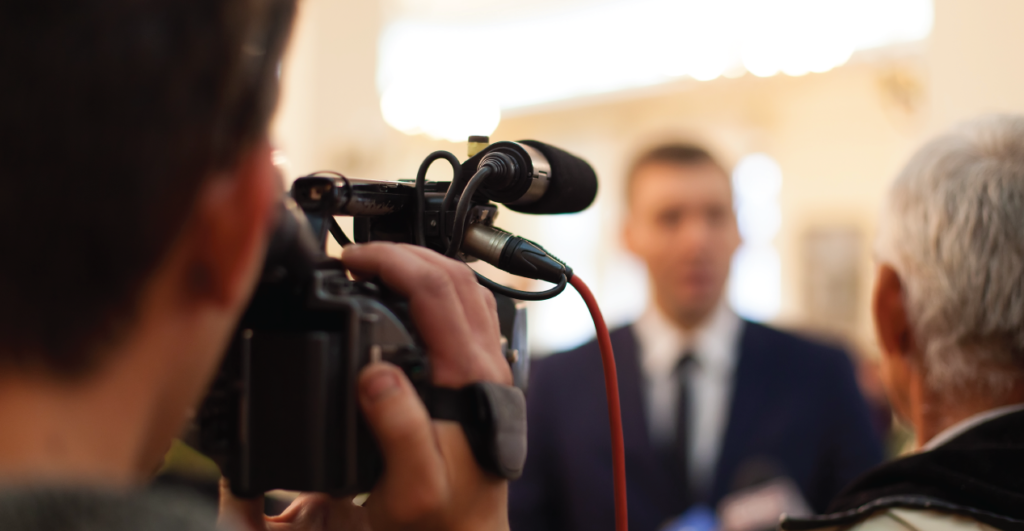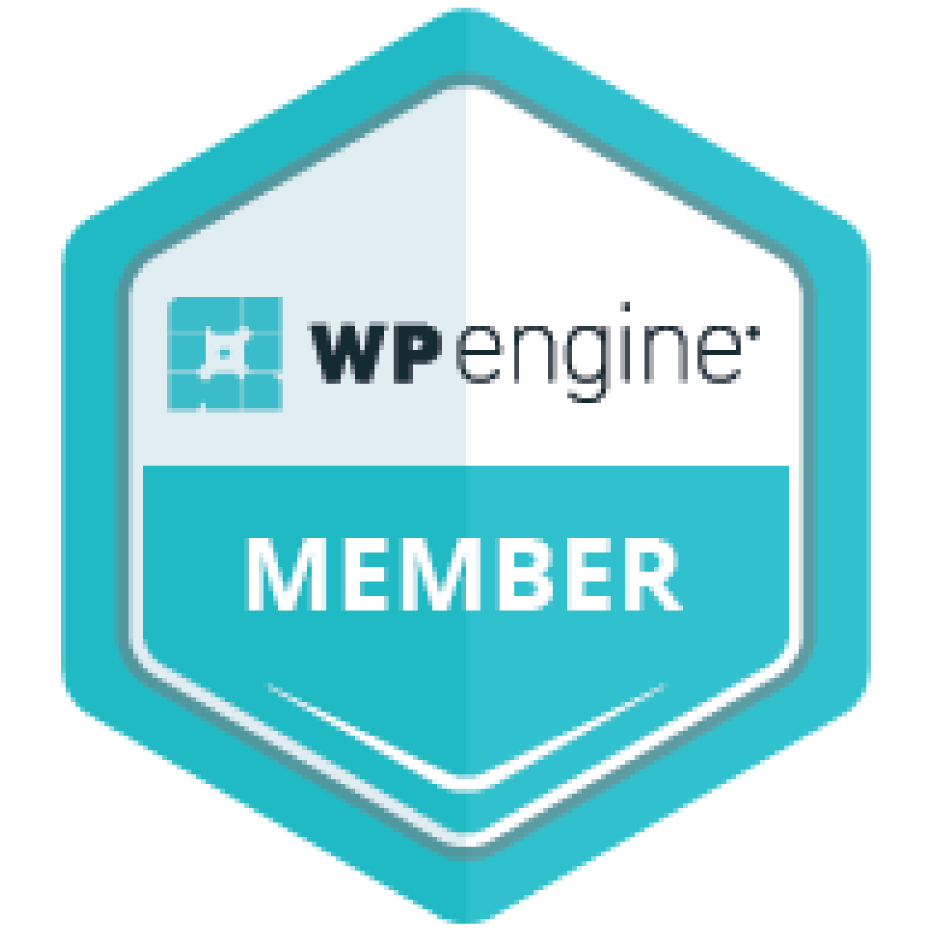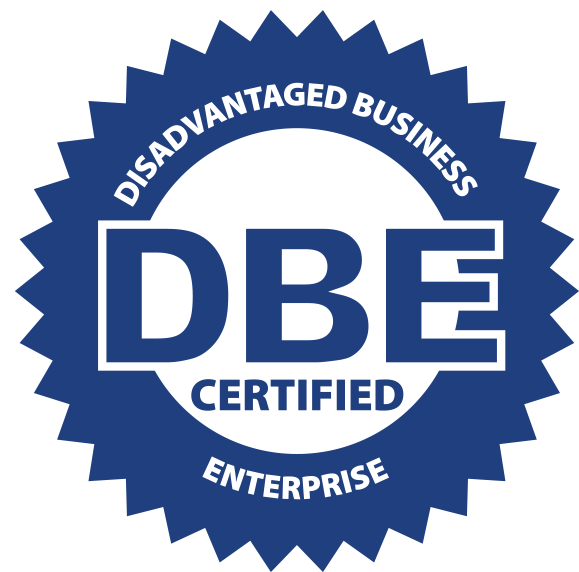My role has changed over the years as I have transitioned from a broadcast journalist to a public affairs consultant at a top public relations company. But one thing has always remained the same – the power of the media! It’s not just about building a brand; it’s about creating awareness of your organization to positively impact peoples’ lives.
Too many entrepreneurs spend most of their time looking for a magic bullet to bring in leads, buying more online courses, and praying things will turn around before the monthly bills roll in. Meanwhile, they neglect the prospect of earned media as a tool to reach consumers or to build awareness for their brand.
One appearance on TV leveraged the right way can bring in more leads than companies can handle. A single appearance on a morning show can bring in an entire month’s revenue in one day.
As a public relations expert, it is very rewarding when you help clients reap the benefits of taking a risk and commit to being featured in the media. And for many industries, TV exposure remains the best way to get your message out.
But a TV appearance requires serious preparation.

In our innovative media training, customized for your business, we cover what I have developed as the 6 Core C’s to carrying out a successful interview.
Public Alliance’s custom training includes:
1. Call-ahead and Research: If you want the appearance to be successful, take time to prepare by calling the media outlet prior to the interview. Find out as much as you can about the radio/TV station and the presenter in advance, so you don’t make any embarrassing mistakes like pronouncing their name wrong live on air.
2. Create Your Story: Before you go to the interview, make sure you have a clear story in mind. Check in with departmental leads at your company and prepare your core message.
3. Clear Messaging Methods: Keep your responses concise, avoid unimportant details, and use clear-cut language. You should also keep in mind what you don’t want to say. When you’re on the spot, it’s easy to let something slip that should really stay private.
4. Controlled Delivery Instructions: Remember that you are in control! Your responses are what steer the course of the conversation. If a reporter makes a statement that you don’t agree with, say so. Remaining quiet may give the impression that you agree.
5. Crisis Communication Basics: Respond quickly and be forthcoming. Reporters hate when someone lies or misleads them. Don’t “wing it.” Come prepared with notes regarding the topic.
6. Connect and Cultivate: Don’t forget the follow-up with the reporter. The interview is not over when it’s over! Just because a reporter puts away a notebook or turns off the recording device doesn’t mean the interview is over and you can say anything without it possibly being used.
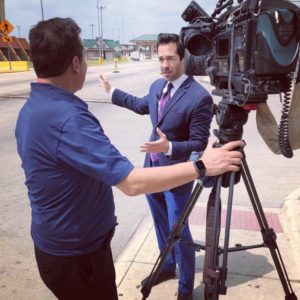
For more resources behind developing a good crisis communications plan, I recommend visiting the Public Relations Society of America (
Bottom line, communicating your key messages effectively takes knowledge and practice. Call us today to learn how we can empower your team to achieve your communications goals. To make sure every interview goes smoothly, it pays to hire a PR pro at Public Alliance.

